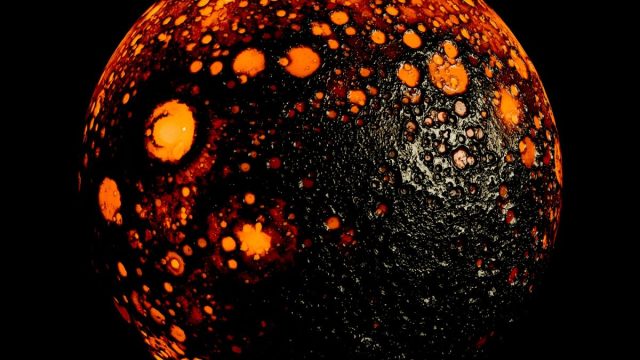While dinosaurs trampled the Earth, the surface of the Moon continued to witness volcanic eruptions, according to new research.
The proof of those volcanic eruptions: Three tiny glass pearls torn from the surface of the Moon and brought to Earth in 2020 by a Chinese spacecraft. Its chemical composition indicates that there was lunar volcanoes active until about 120 million years agomuch more recently than scientists thought.
An earlier analysis of rock samples from the Chang’e 5 mission had suggested that volcanoes became extinct 2 billion years ago. Previous estimates dated back to 4 billion years ago. The research was published Thursday in the journal ‘Science’.
“It was a little unexpected,” said Julie Stopar, a scientist at the Lunar and Planetary Institute who was not involved in the research. Images from NASA’s Lunar Reconnaissance Orbiter in 2014 also suggested more recent volcanic activity.
3,000 Moon glass beads smaller than a pin
The glass beads are the first physical evidence, Stopar said, although more research is needed to confirm their origin. The Chang’e 5 samples They were the first lunar rocks brought to Earth since those collected by NASA’s Apollo astronauts and Soviet spacecraft in the 1970s. In June, China returned samples from the far side of the Moon.
Research could help us understand during How long small planets and moons – including our own – can remain volcanically activeHe Yuyang, co-author of the study and member of the Chinese Academy of Sciences, stated by email.
The researchers studied some 3,000 moonglass beads smaller than the head of a pin and they found three with signs of coming from a volcano. Glass beads can form on the Moon when molten droplets cool after a volcanic eruption or meteorite impact.
Existing timelines suggest that the moon had already cooled beyond the point of volcanic activity in the time frame suggested by the new research, Stopar said. “This should inspire many other studies to try to understand how this could happen,” she said.







